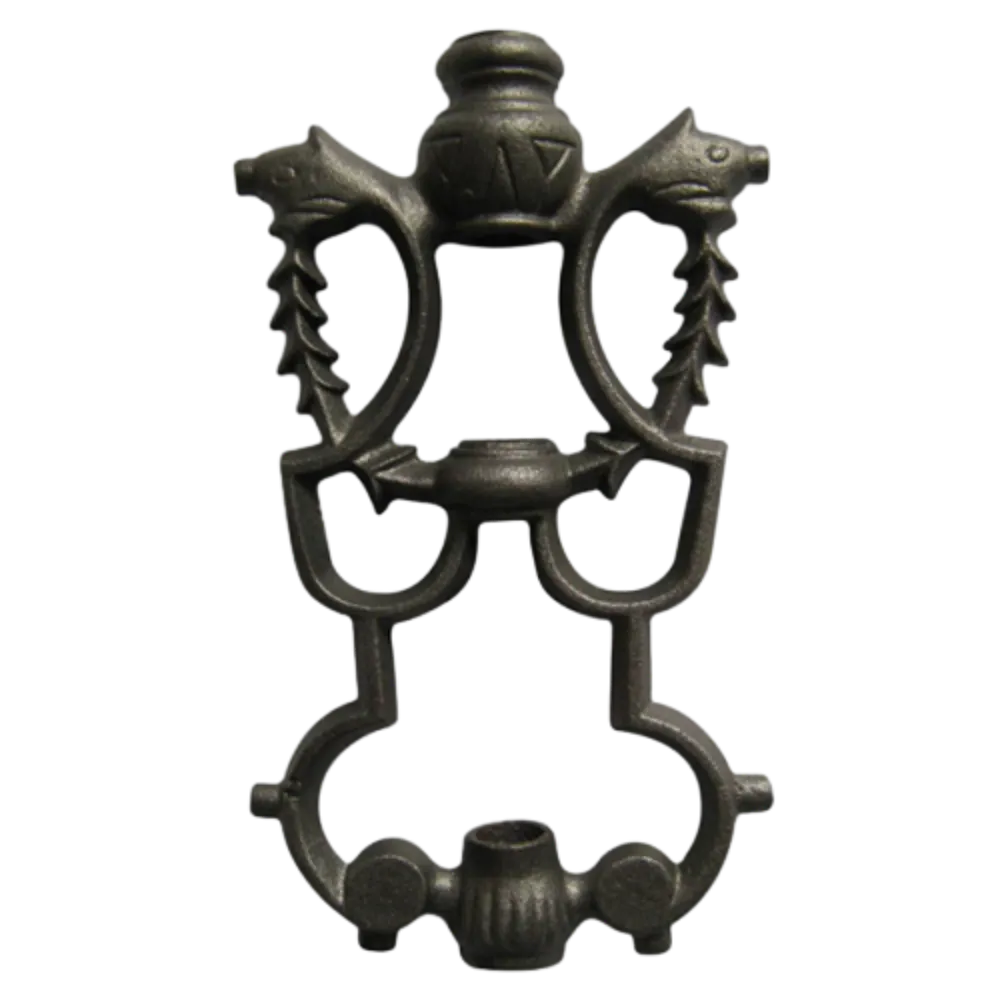Innovative Approaches to Designing with Cast Iron for Modern Applications
Designing with Casting Iron A Comprehensive Guide
Casting iron has been a fundamental material in the world of engineering and design for centuries. Known for its superior durability, excellent casting properties, and versatility, casting iron is favored in a variety of applications, from intricate decorative items to structural components. This article explores the principles of designing with casting iron, highlighting its benefits, considerations, and best practices.
Understanding Casting Iron
Before diving into design considerations, it's essential to understand what casting iron is. Typically, the term refers to various iron alloys, with gray cast iron, ductile (or nodular) iron, and white cast iron being the most common types. Gray cast iron is characterized by its graphite flakes, which provide excellent machinability and wear resistance, while ductile iron exhibits a more flexible structure due to its spherical graphite inclusions. White cast iron, though more brittle, offers high hardness and abrasion resistance, making it suitable for specific applications.
Benefits of Casting Iron in Design
1. Versatility Casting iron can be molded into nearly any shape, allowing for intricate designs and complex geometries. This adaptability makes it a popular choice in both artistic and functional applications.
2. Strength and Durability One of the standout characteristics of casting iron is its strength-to-weight ratio. It can withstand significant stress without deforming, making it ideal for heavy machinery, automotive parts, and building materials.
4. Cost-effectiveness Due to its widespread availability and the efficiency of casting processes, casting iron remains one of the more economical materials for large-scale production.
casting iron design

Design Considerations
When designing components or products with casting iron, several factors must be considered to optimize performance and aesthetics
1. Wall Thickness Maintaining a consistent wall thickness is crucial for achieving uniform cooling and preventing defects. Uneven thickness can lead to warping or cracking during the cooling process.
2. Design for Casting It's essential to design parts with the casting process in mind. Features such as draft angles (slight slopes on the vertical walls of the mold), fillets (rounded edges), and adequate gating systems can improve the quality of the casting and minimize flaws.
3. Surface Finish The surface quality of the cast iron can influence both the appearance and functional performance of the final product. Designers should consider whether the component will be subjected to abrasive conditions or if it will require a polished finish for aesthetic reasons.
4. Heat Treatment Some casting irons may require heat treatment to enhance specific properties, such as hardness or ductility. Designing for heat treatment involves understanding how the material will react to thermal processes.
5. Environmental Considerations The choice of casting iron should also take into account environmental factors and sustainability. Options such as recycled cast iron can reduce environmental impact while still maintaining performance.
Conclusion
Designing with casting iron offers a myriad of opportunities for both engineers and artists. Its inherent strength, versatility, and adaptability make it an ideal choice for various applications. However, successful integration of casting iron into design requires careful consideration of its unique properties and the casting process itself. By understanding these principles, designers can create innovative, durable, and aesthetically pleasing products that leverage the full potential of this remarkable material. Whether in the realm of industrial machinery or artistic sculpture, casting iron continues to prove its worth as a timeless choice in design.
-
Wrought Iron Components: Timeless Elegance and Structural StrengthNewsJul.28,2025
-
Window Hardware Essentials: Rollers, Handles, and Locking SolutionsNewsJul.28,2025
-
Small Agricultural Processing Machines: Corn Threshers, Cassava Chippers, Grain Peelers & Chaff CuttersNewsJul.28,2025
-
Sliding Rollers: Smooth, Silent, and Built to LastNewsJul.28,2025
-
Cast Iron Stoves: Timeless Heating with Modern EfficiencyNewsJul.28,2025
-
Cast Iron Pipe and Fitting: Durable, Fire-Resistant Solutions for Plumbing and DrainageNewsJul.28,2025
-
 Wrought Iron Components: Timeless Elegance and Structural StrengthJul-28-2025Wrought Iron Components: Timeless Elegance and Structural Strength
Wrought Iron Components: Timeless Elegance and Structural StrengthJul-28-2025Wrought Iron Components: Timeless Elegance and Structural Strength -
 Window Hardware Essentials: Rollers, Handles, and Locking SolutionsJul-28-2025Window Hardware Essentials: Rollers, Handles, and Locking Solutions
Window Hardware Essentials: Rollers, Handles, and Locking SolutionsJul-28-2025Window Hardware Essentials: Rollers, Handles, and Locking Solutions -
 Small Agricultural Processing Machines: Corn Threshers, Cassava Chippers, Grain Peelers & Chaff CuttersJul-28-2025Small Agricultural Processing Machines: Corn Threshers, Cassava Chippers, Grain Peelers & Chaff Cutters
Small Agricultural Processing Machines: Corn Threshers, Cassava Chippers, Grain Peelers & Chaff CuttersJul-28-2025Small Agricultural Processing Machines: Corn Threshers, Cassava Chippers, Grain Peelers & Chaff Cutters












